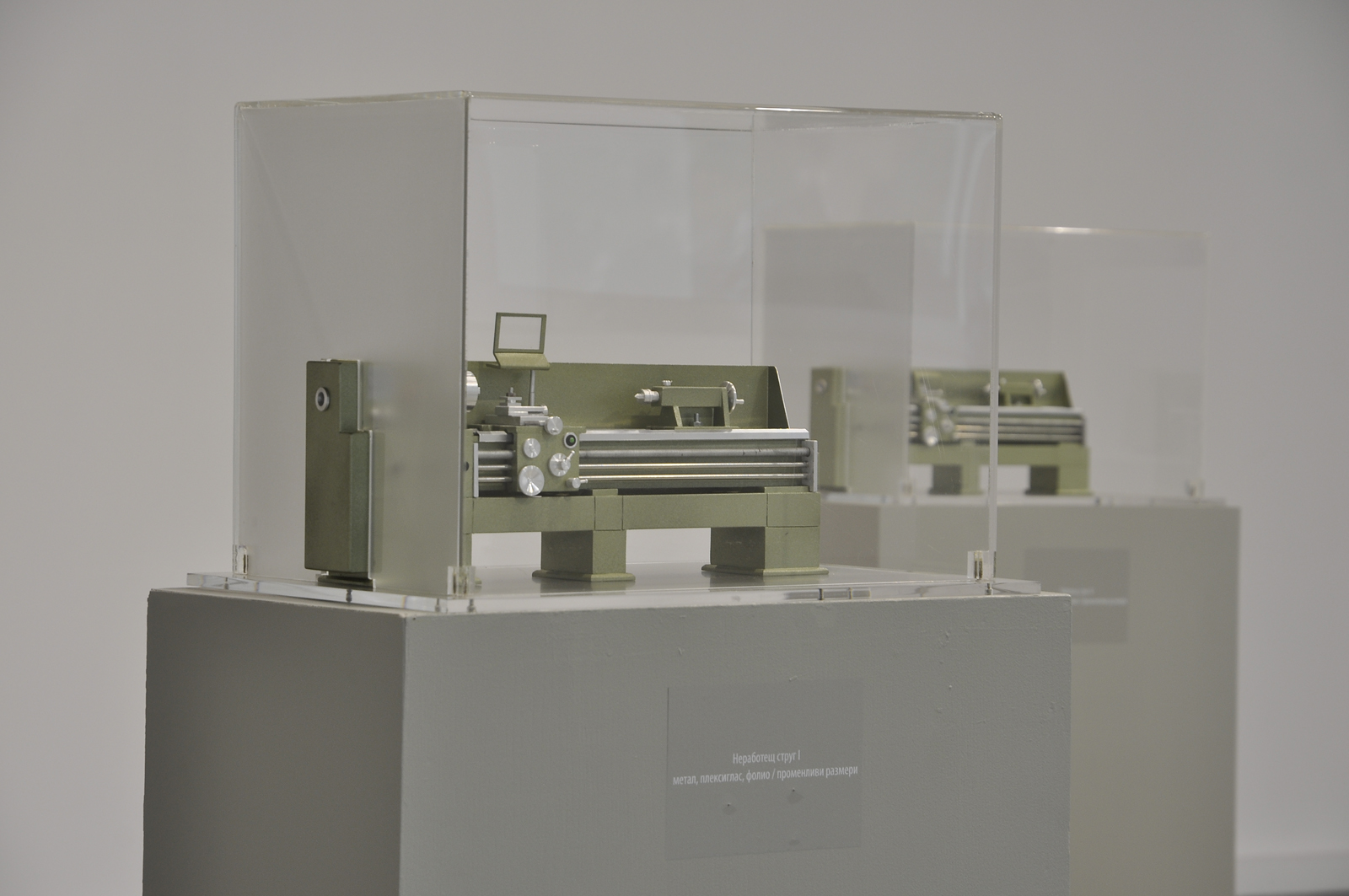NOLI ME TANGERE, 2013, a universal art model / Dr. Gatev at the Yuzina Gallery
“Noli me tangere” (in translation: “Do Not Touch Me”) are the words with which the risen Christ addressed Mary Magdalene when she recognised Him after the Resurrection. It is a universal art model, the discontinuation of an era or a history. It is where a level of reality becomes myth, carrying a sharply delineated performative message, amply represented as a classic subject by Giotto, Fra Bartolomeo, Hans Holbein the Younger, Titian, Antonio da Correggio, Alexander Ivanov and Picasso, among other artists.
Knowledge about the rich palette of interpretations of the phrase can be found also in medicine, where “Noli me tangere” is used to describe the behavior or reaction of a patient who refuses to be touched – that is, when he or she refuses treatment. This primary psychological reflex — a fear of intervention into one’s own system — has also a declarative nature. And it is what interests us now when the border separating the real and the mythological, fact and legend, is crossed freely but only in words. The creation of a universal art model as an act of art-making contains more than just a declaration capable of taking over the image: it is a method for a radical stylisation outside the plastic canons and at a different level, one that’s available, tactile but invariably unreachable.
The universal art model is used as a tool for the exploration of how life is breathed into inanimate artefacts/objects and the subsequent voluntary forgoing of spirituality. The Classic conflict between psyche and techne cannot, most probably, be easily regulated, but we can seek it in the Noli-me-tangere-type refusal and the system’s encapsulation in its own self-sufficiency.
The art model has a specific formal feature: it either gives a new format or reduces the postmodern installation to … a universal model. It comes out of the domain of the postmodern or pseudo-representation, whose use of terms such as “structures,” “preliminary images,” “operational networks” is divorced from their historical contexts. But let us put aside the “historical peculiarity of the corresponding phenomenon in art.” The method of the universal art model lies outside. Here a system and the interactions to which it is subjected are presented through processes that have come about spontaneously, which is what the interpretation of the “work” relies on. But what it ultimately does is bring about a categorical shift between the terms psyche and techne, between man and group, between force and system and, probably, also between God and I.





